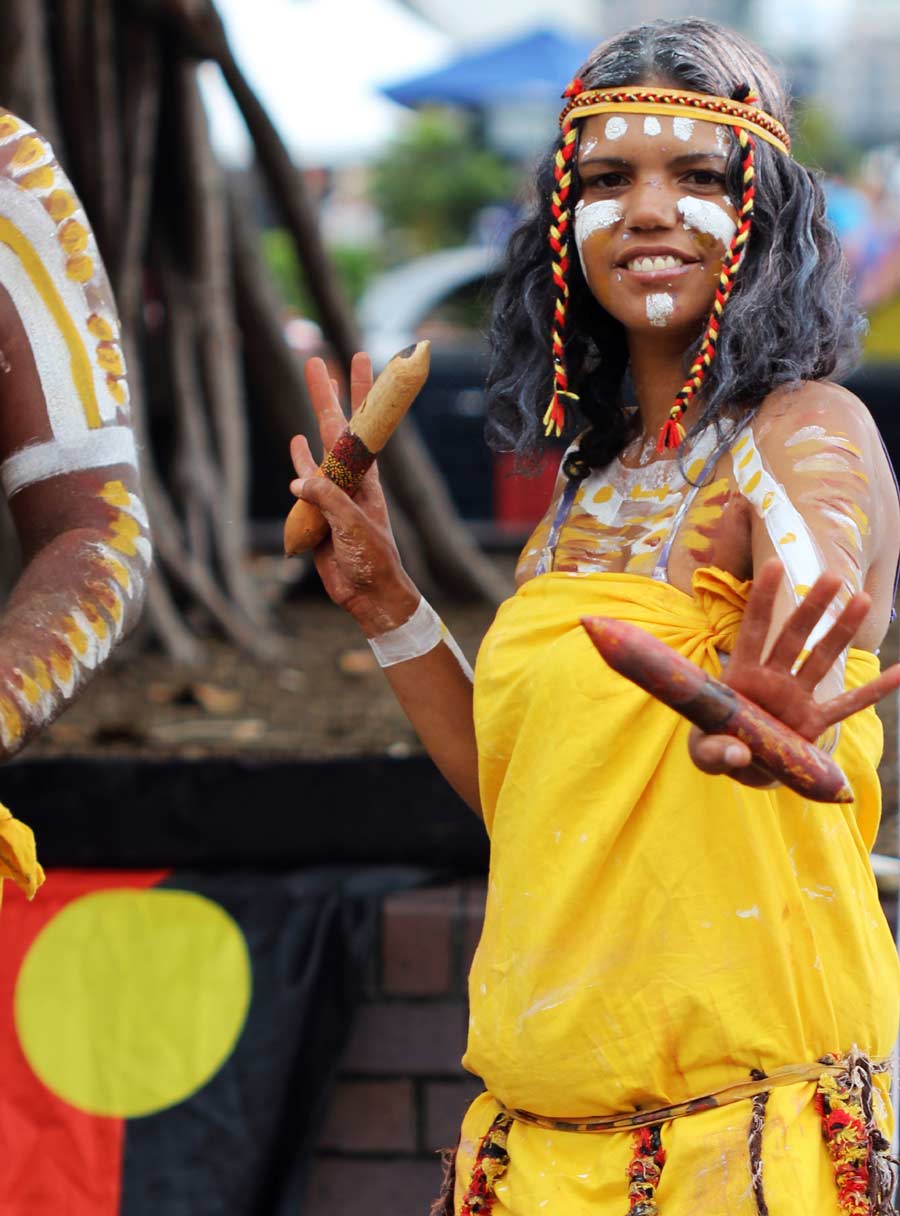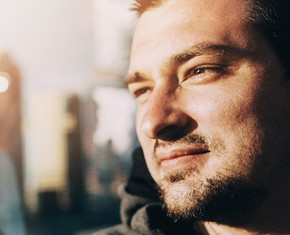The views expressed in our content reflect individual perspectives and do not represent the authoritative views of the Baha'i Faith.
The phrase “Indigenous spiritual technology” may seem like a contradiction in terms—but for me it perfectly describes the deep wisdom our ancestors can teach us.
Although there are many forms of Indigenous spiritual technology, and each of you reading this will come to understand various forms, I wanted to suggest a particularly powerful tool useful for your investigative practices. I sometimes refer to this practice as prayerful action in service to others.
Let me give some background to how I learned of this before I explain the steps to the practice.
In 2004, Macquarie University in Australia asked me to develop a course in their Global Leadership Program called Spirituality and Social Transformation which I’ve been teaching now for 11 years. When I started to teach that course, I thought, “How I am going to do this? I’m not some expert in this kind of thing.”
 At the time I also taught in the Bachelor of Community Management course, offered to Aboriginal students from around Australia, mostly leaders and mature age students from different Aboriginal communities. I taught and tutored in a few courses there, and one of my ‘students’ was Aunty Mary Anne Coconut, an Aboriginal Elder from Weipa, a remote community in the far north of Australia. At the time she was about sixty-five years old, and the senior Elder for the Twal Eagles Council.
At the time I also taught in the Bachelor of Community Management course, offered to Aboriginal students from around Australia, mostly leaders and mature age students from different Aboriginal communities. I taught and tutored in a few courses there, and one of my ‘students’ was Aunty Mary Anne Coconut, an Aboriginal Elder from Weipa, a remote community in the far north of Australia. At the time she was about sixty-five years old, and the senior Elder for the Twal Eagles Council.
I felt kind of embarrassed that she was my student because I was learning from her. After the invitation came to teach the Spirituality and Social Transformation course I sat down with her and said, “Aunty Mary Anne, I’ve been asked to teach this course on Spirituality and Social Transformation, do you have any advice?”
She said, “Well, the first thing is to let the students know that if they have any challenge that’s facing them, anything that they need done in their lives that they don’t feel they can do, that they should go out into nature and find some place that’s beautiful. Find someplace like a beautiful tree and go sit next to that tree. Then say a prayer to God or to their soul, or to whatever their understanding of the ‘Other’ or ‘Spiritual Reality’ is and to ask for help and say, “This is beyond me. I need assistance.” Then they should trust that there will be an answer of some kind and that when they feel that answer has arrived they should act on that answer.”
Within my own Baha’i tradition I subsequently found that a similar teaching exists:
1st Step: Pray and meditate about it. Use the prayers of the Manifestations (prophets of God) as they have the greatest power. Then remain in the silence of contemplation for a few minutes.
2nd Step: Arrive at a decision and hold this. This decision is usually born during the contemplation. It may seem almost impossible to accomplish but if it seems to be an answer to a prayer or a way of solving the problem, then immediately take the next step.
3rd Step: Have determination to carry the decision through. Many fail here. The decision, budding into determination, is blighted and instead becomes a wish or a vague longing. When determination is born, immediately take the next step.
4th Step: Have faith and confidence that the power will flow through you, the right way will appear, the door will open, the right thought, the right message, the right principle, or the right book will be given to you. Have confidence and the right thing will come to your need. Then, as you rise from prayer, take at once the 5th step.
5th Step: Act as though it had all been answered. Then act with tireless, ceaseless energy. And as you act, you, yourself, will become a magnet, which will attract more power to your being, until you become an unobstructed channel for the Divine power to flow through you.
Many pray but do not remain for the last half of the first step. Some who meditate arrive at a decision, but fail to hold it. Few have the determination to carry the decision through, still fewer have the confidence that the right thing will come to their need. But how many remember to act as though it has all been answered?
How true are these words ‘Greater than the prayer is the spirit in which it is uttered, and greater than the way it is uttered is the spirit in which it is carried out.’ – Ruth Moffat, quoting Shoghi Effendi, Principles of Baha’i Administration, p. 91.
After Aunty Mary Anne Coconut made her suggestion, and when I discovered a similar practice in my own Faith, I decided I better put this into practice before trying to teach it to my students. The stories in this series of essays are some of my attempts to practice this and other spiritual technologies I began to learn as a consequence.
Here’s a simple way I like to think about these steps: Let’s say you have a very wise grandfather. When you pray to ask for guidance, it’s like walking through your home and going to his room and asking him for help. Now if you are caught up in your life and rushing around, you might think of prayer as something you don’t have much time for, and you only do the first step. That’s like rushing to the door of your grandfather’s room and saying, “Grandad, help! What should I do?!” and then running away before even pausing to hear his answer. So it’s important to slow down and not only ask, but pause to listen and trust that he will give you a good answer. Then when he speaks you listen with attention.
Now if you finish the process there and walk away and say “Thanks Grandad! Great answer!” and you don’t actually put into practice what he suggested, well you missed the whole point again. You have to put into practice the advice he gave you—that’s the next step. You might make mistakes in putting his advice into practice, and that’s OK. You learn from those mistakes, and you visit Grandad again, and ask for further guidance and clarity on his advice to help you get it right. So you can see it’s not just ‘practice steps 1-5 and you’re done.’ You can revisit the steps to get clarity, and it’s actually important to reflect on the results of your actions before returning to ask for further guidance—and then take further steps as you learn.
Grandfather will always be there to help, but you have to ask, listen, trust, act and stick with it, reflect and then return to repeat.
This series of essays comes from Chris Kavelin’s new book Nudges from Grandfather, which can be found on Amazon.
You can also download the audio book.
Next: Gratitude and Purity, from a Four Year Old
















Comments
Sign in or create an account
Continue with Googleor